History of Boer Goats
The Boer goat breed is one of the meat goat breeds in the world. Although they are majorly kept for meat, they could also be raised for goat milk production. Boer goats are also called South African goats, Afrikaner and Africander.
Boer goat has its origin in South Africa. It is believed that the Boer breed was created by crossing the local Nubian goats with European goats. This was done to develop a stronger goat breed that could withstand the most severe climates, temperatures and extreme and arid environments.
Characteristics of Boer Goats
- The boar goats are characterized by their white coat color and brown heads. Some could be totally brown or white in color.
- Their ears are long and pendulous
- They are very hardy and capable of adapting to virtually all kinds of climates or weather and many different environments.
- They are docile and grow rapidly (can consistently produce more muscle in a short time).
- They generally qualify as great breeding goats. They can kid thrice in two years if management and other conditions are favorable.
- If compared with other breeds of goats, Boer goats add more weight and look healthier and fuller.
- Boer goats are early breeders. They attain puberty at 6 months and even the male kid is ready for breeding at age 5-6 months old.
- They possess great muscular development on the back and legs. They also produce very good quality and lean meat.
- They have high fecundity rates. Boer does are known to be good milkers and can raise many kids with great body weight gains.
- The neck is relatively short and very muscular.
- The meat is nutritious and tasty.
- They do well on poor or low-quality pasture and feed.
- They have a low temperament (gentle and tame).
- An adult Boer buck weighs about 110 -135 kg while the adult Boer sow weighs about 90 – 100 kg. The average birth weight is 3.6 kg for females and 3.9 kg for males.
- The Boer goats dressing weight percentage is over 50%. Compared to South African sheep, the Boer goat had the higher dressing percentage with carcasses having more total tissue in the forearm, neck and ventral trunk, and less tissue in the hind limb.
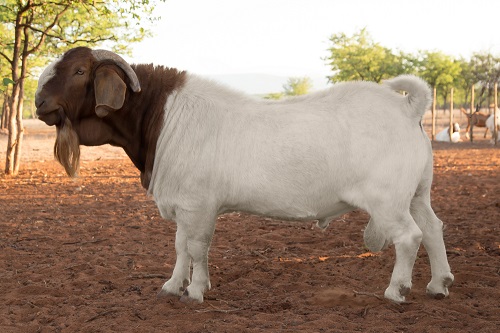
Reproduction
A good meat goat should also be fecund and prolific. More kids born per doe will result in greater profit margins for the producer. The ovulation rate for Boer goats ranges from 1 to 4 eggs per doe with a mean of 1.7 (plus or minus 0.9). A normal kidding rate of 200% is common for the Boer goat. This is higher than most other goat breeds, thus the Boer goat can be considered a prolific breed. This conclusion was also reached in New Zealand and Australia, based on the number of super ovulated embryos (9) harvested from the Boer goat donor program.
The Boer goat reaches puberty early, usually about 6 months of age for males and 10-12 months for first-mating females. The Boer goat has an extended breeding season and it is possible to achieve 3 kiddings every 2 years.
Boer goats are good milkers, which enables them to successfully raise their multiple offspring with excellent weight gains and with little preweaning mortality. A South African study indicated that lactation length was 120-140 days for Boer goats and their yield was about half that of South African Saanen, which had a lactation length of 278 days.
Boer goats had higher butterfat (5.6%), total solids (15.7%), and lactose (61%) than any other goat breeds in South Africa. It has been postulated that for the Boer goat to attain its high preweaning average daily gain, the doe must produce up to 2.5 kg/day.
Actual milk production of Boer goat does under extensive management systems is actually less, ranging from 1.5-2.5 kg/day, depending on age of doe and lactation number. These milk yields are not impressive by dairy goat standards but for a goat that has not been selected for milk yield, it is considered excellent. This demonstrates the superior maternal capabilities and the ability to rear multiple young of the Boer goat doe.
Conclusion
Boer goats have been developed for over 40 years through intensive breeding and selection as a meat-type animal and have also benefited from over 20 years of performance testing. This excellent breed of meat goat has the necessary characteristics lacking in most meat-type goats.
These characteristics are large size, uniform carcass, fast growth rate, fecund and prolific, long breeding season, good browser, good milker and excellent mothers for profitable meat goat production. Because of its large frame and faster growth rate, it will need more nutrients to maintain and support optimum growth rates.
Therefore, while Boer goats may not be suitable for all ecosystems or affordable by all producers, there is a need to match type of goat with feed resources a producer has available.
Breed Profile Summary of Boer Goats
| Name of Breed | Boer Goat |
| Alternative Names | South African Goat, Afrikaner, Africander |
| Breeding Purpose | Meat production and occasionally for meat |
| Origin | South Africa |
| Body Size | Large |
| Average Body Weight | Adult buck (110-135 kg), Adult Doe (90-100 kg) |
| Puberty Age | 6 months |
| Climatic Tolerance | Adapts well in most climates and environments |
| Coat Color | Primarily white with brown head |
| Hardiness | Very hardy |
| Temperament | Low |
| Rarity | Common |
| Ease of Handling | Easy |
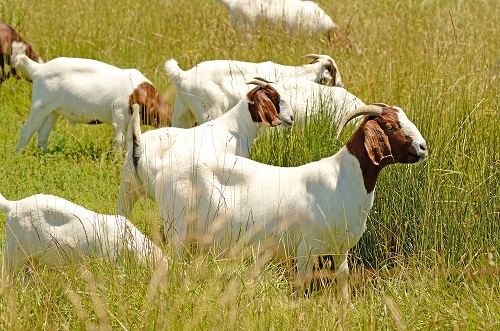
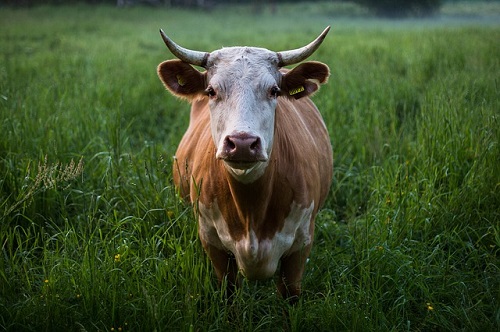
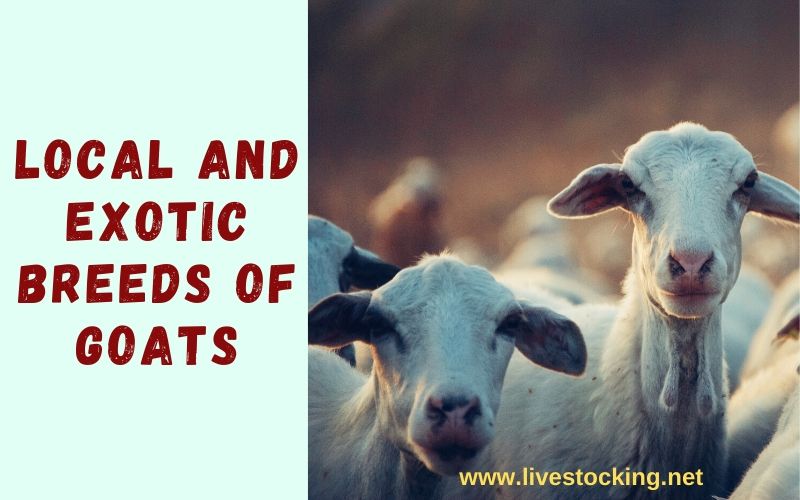
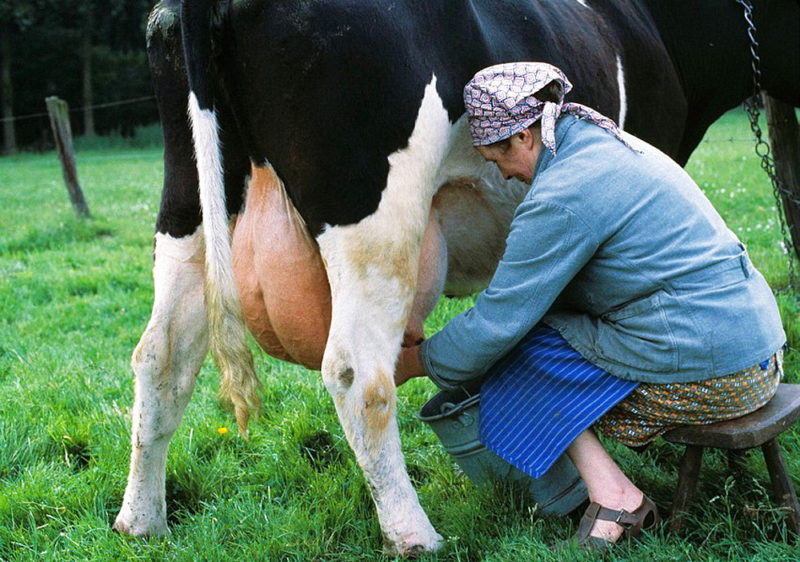
Hello,
Can these Boer Goats be found in Nigeria in Large quantities?
Thank you.
Not too common in Nigeria
How can we get it in Nigeria
Please can i get bore goat in Nigeria
Well, it is hard to get here.